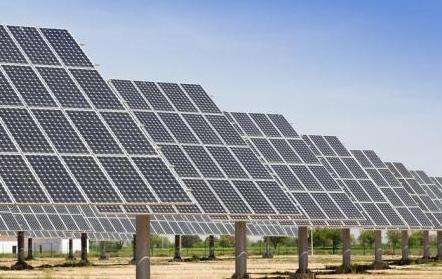As of the end of August 2012, China General Nuclear Power Group had invested a total of 427 million yuan in the Yapoji wind farm project in Longwan Town, Luoding City, and it is expected to be completed and put into operation. service. operation in 2013. By the end of August, a total of 427 million yuan had been invested in the project, and 55 million yuan had been invested this year, accounting for 50.6% of the annual plan. Among them, the construction of a 1.2 km road connecting Rongmu village to the booster station and the leveling of the booster station site are basically completed. Excavation of 4.9 kilometers of mountaintop access roads has been completed and construction of temporary on-site construction facilities is 100% complete. Longwan City actively cooperates in widening project lands and roads to eliminate obstacles to project construction. At the construction site of the project, it can be seen thatSeveral wind turbine bases with an estimated diameter of more than 5 meters were transported to the foot of the mountain. Marine vehicles shuttle to the construction site of the booster station, and excavators. are busy. According to Longwan City officials, 33 wind turbines are installed on the mountain, each with a height of 70 meters and a wing diameter of 80 meters. After the project is completed, Yapoji Mountain will add a spectacular scene.
At the same time, this project is located in a relatively cold place with pleasant scenery and is expected to become a good place for leisure travel in the future.
Large-scale off-grid power plants and large-scale grid-connected power plants
Use magnetic levitation technology, combined with the magnetic force of super magnets, to levitate the motor coils. In a certain space, without any frictionMechanically, the wind turns the motor and cuts the magnetic lines to generate alternating current, which is stored in the battery.
This scientific research achievement received design and utility model patents issued by the National Intellectual Property Office on December 31, 2010 and January 20 this year, respectively. According to experts, compared to traditional horizontal axis wind turbines, magnetic levitation wind turbines are more expensive, but their advantages are very significant: firstly, the former has tail fins, which should rotate the wind turbine according to changes wind direction; relies on The gyroscopic wind wing rotates without changing axis when the wind direction changes. Second, the former is noisy and cannot overcome the jitter caused by varying wind direction. The motor and blades fall easily and parts need to be replaceds every 3 years, while the second works stably, without noise, and various parts fail. Long service life, not easy to fall off, and can work continuously for more than 20 years. Third, the first requires a large, open and unobstructed space; while the second requires little space and can be used in urban areas, suburbs and coastal mountainous areas. Last but not least, the first one starts with a wind speed of at; at least 2.5 m/s, while the latter only. It can start with a wind speed of 1 m/s and can work normally if the wind speed exceeds 40 m/s. The higher the wind speed, the higher the power generation efficiency and the higher the wind speed. electricity production can be increased by 35% compared to the previous one.














